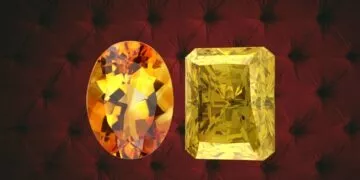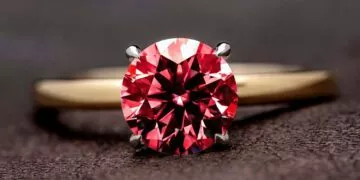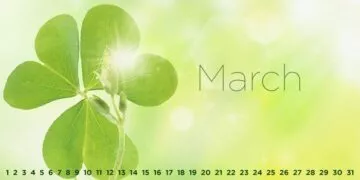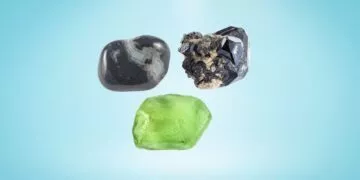Aquamarine is one of the most stunning gemstones, with its beautiful blue hues ranging from the darkest teal to the lightest blue.
It is formed from a mineral called beryl and is found in granite pegmatites, as well as in the veins of metamorphic rocks mineralized by hydrothermal activity.
Not only is aquamarine beautiful, it also has a rich history and many spiritual and healing properties associated with it.
Here we will explore 15 lucky facts about aquamarine, March’s birthstone.
Aquamarine, as a gemstone, only comes in shades of blue. These tones range from the darkest teal colors to the palest light blue ones. The tones change due to the differing iron levels in the stone.
Brazil is home to the highest quality aquamarine gemstones. Although they can be found in other parts of the world, the gems found in Brazil are more vibrantly colored.
Aquamarine is found in granite pegmatites. It is also found in the veins of metamorphic rocks mineralized by hydrothermal activity.
Aquamarine is formed from a mineral called beryl.
Aquamarine is one of the few gemstones with very few inclusions. Inclusions are other materials that get trapped inside the mineral when formed, causing the stone’s imperfections. This makes aquamarine one of the clearest-looking gemstones.
This gemstone’s name comes from its blue color. It was named after the Latin words “aqua” and “marina.” Aqua means “water,” and marina means “sea,” and when put together, creates “sea water.” Sea water contains many shades of blue, reflecting the varying hues the gemstones can come in.
In Ancient Rome, aquamarine was given to sailors to protect them at sea, as they believed the gem to be the treasure of mermaids.
Not all aquamarine gemstones are naturally their actual shade. Aquamarine is often “heat treated” to deepen its color.
Aquamarine is quite a solid gemstone. It measures between 7.5-8 on the Mohs scale.
Its spiritual meaning is that of “cleansing” and is given to a wearer to promote relaxation and clarity like the crystal waters of the sea. This blue gemstone is said to have calming properties, like the soothing sounds of the waves.
Aquamarine, as a birthstone, gives its wearer courage, allows them to understand others better, and helps inspire creativity.
Healers believe that due to the stone’s history of having a calming nature, it can help the wearer heal. It is said to help soothe thyroid problems, sore throats, and more.
Colorado adopted aquamarine as its state gem in 1971.
Compared with other gemstones, aquamarine is relatively affordable due to its abundance. However, compared with other blue gems, it is more expensive than blue topaz. The deeper the shade of blue, the more expensive the gemstone.
Aquamarine is commonly cut with faces and edges, as this goes well with the natural formation of the gemstone. However, it is possible to find some aquamarines that have been cut with a rounded and smooth surface.
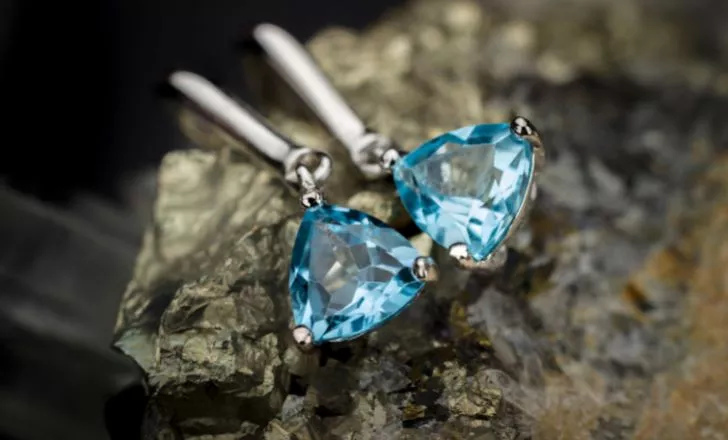
Aquamarine is an amazing gemstone that is relatively affordable compared to other gems.
Its unique blue hues, healing and spiritual properties, and rich history make it a wonderful addition to any piece of jewelry.
Whether you are looking for a calming stone to carry with you or simply want to add a beautiful piece to your collection, aquamarine is a great option.
This gemstone is sure to bring you luck and joy for many years to come.


